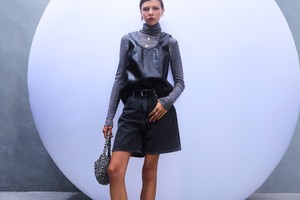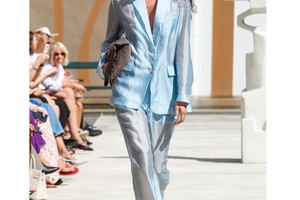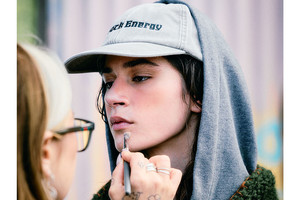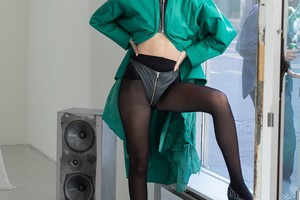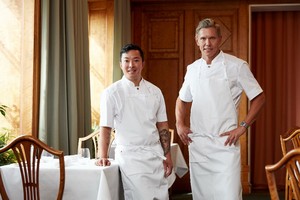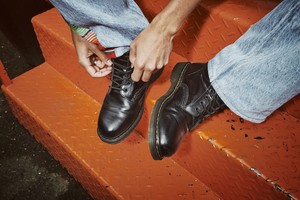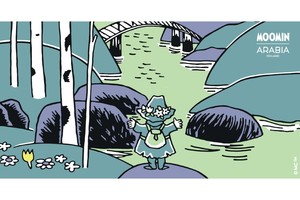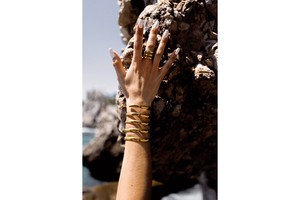Mille Notti x Beata Heuman launching new collection August 2024
Written by Fashion TalesIn August 2024, Mille Notti is launching a new collection developed in collaboration with the acclaimed interior designer Beata Heuman. The collection comprises two duvet sets and one bedspread, all drawing inspiration from historical colours and patterns.
Beata Heuman was raised in the countryside of Skåne but has since 2004 been based in London, where her continually expanding product collection can be admired in a new showroom at 188 Hammersmith Road. Today, her studio primarily works on interior design for private residences but has also undertaken prestigious commercial projects, such as the Hotel de la Boétie in Paris. For Beata Heuman, the collaboration with Mille Notti was both eagerly anticipated and very natural.
– My first experience of how much better the sleeping experience becomes when you have really good sheets was when Mille Notti's founder, Peder Wehtje, gave me some beautiful sheets when I was 15 years old, which I still use. In other words, I have been a fan of Mille Notti for over 25 years now.
She explains that she has long pondered designing bed linen, particularly bedspreads.
– I find it difficult to find bedspreads that have both character and elegant timelessness. Mille Notti has granted me significant freedom regarding the design of the collection, which is always fantastic fun as a designer, while also being able to rely entirely on their almost three decades of experience in terms of quality and manufacturing. I am incredibly proud of the result, which I believe offers something new for both of us, and I hope that customers will also appreciate it greatly.
She further explains that for her, the entirety of the bedroom is crucial, and that comfort must be the focal point.
– This encompasses furniture, such as bedside tables where necessary, the right type of lighting that is both cosy and functional for reading, thoughtful storage to avoid clutter, and colours that are calming. That being said, the most important aspect, of course, remains the bed, the sheets, the duvet, and not least, the pillows,” says Beata Heuman, continuing:
– When I began to consider which types of products, in addition to duvet covers and pillowcases, I felt could be suitable, bedspreads were a fairly obvious choice. Personally, I feel that a made bed seems incomplete without a bedspread, but I've gotten the impression that it's becoming less common to use them. The bed is always central in a bedroom, and a nice bedspread can give a dominant surface more character. In this collection, I have chosen colours and patterns that complement each other, so that everything can be combined in various ways.
Mille Notti's co-owner and Creative Director Catherine Wehtje Hustad reveals that she and Beata Heuman had long discussed collaborating together, and they now felt that the time was right. Beata is not only my friend but also a great source of inspiration for me, both in my personal and professional life. I wanted to give her free rein so that the collection would feel one hundred percent Beata in everything, which is why we have chosen to manufacture the bed linens in our 230 thread count cotton percale, which is her favourite quality,” says Wehtje Hustad, continuing:
– Design collaborations should add something to both the brand and the designer, and I can see that this will be something beautiful for both of us. Beata's design brings a continental and warm feeling to our otherwise quite light and crisp range, something that fits well for us now as we aim even more to reach new markets internationally.














